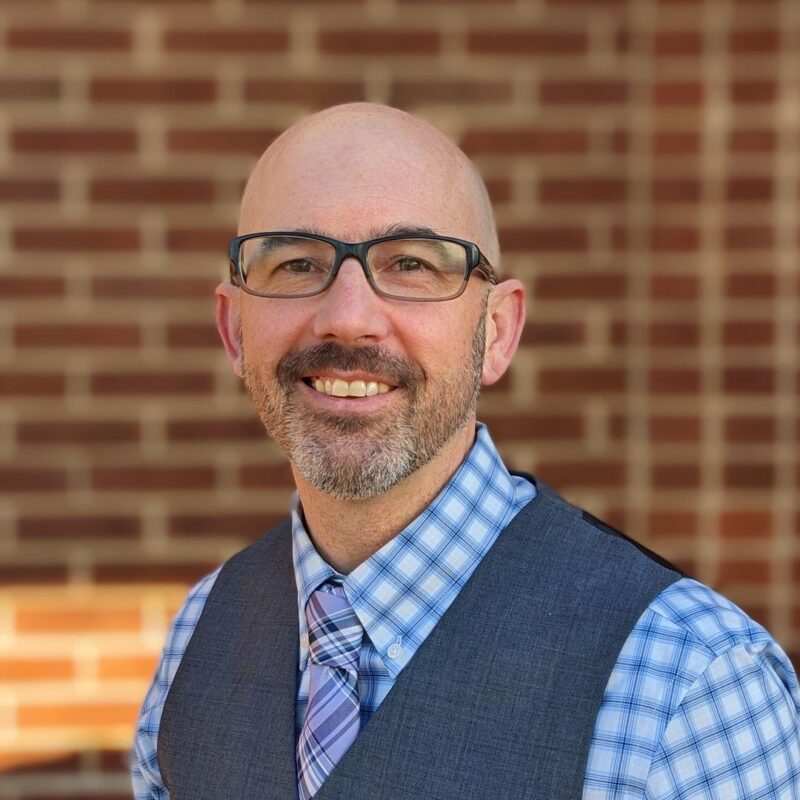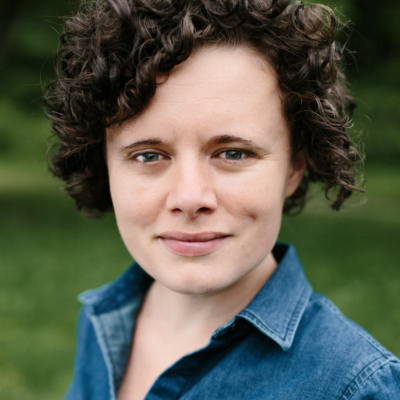Dear Ace: I was running through the UVA campus recently and passed a statue of a naked man with wings I’d never noticed before. What’s his story? —Marc U. Ray
Dear Marc: While Ace admires your commitment to fitness, he must say it’s a pity you didn’t stop! The particular bronze you breezed by is called The Aviator. It was designed by Gutzon Borglum—the same artist who would go on to create the carvings on Mount Rushmore—as a memorial to World War I combat pilot James R. McConnell.
McConnell, a North Carolina native, was a student at UVA before the war broke out in Europe. In 1915, he left America for France, where he volunteered as an ambulance driver (shades of Hemingway, anyone?). Still wanting to do more for the Allied war effort, he left the ambulance corps and signed on with the French as a pilot. The man was assigned to an all-American escadrille, or fighting unit, and in short order he was flying sorties behind enemy lines and over embattled French territory. It was on one such mission on March 19, 1917, that McConnell was killed, after two German dogfighters shot up his plane over the battlefields of the Somme.
How does Ace know all of this? It’s simple! Had you, my dear Mr. Ray, set foot in the nearby Clemons Library (which, by the way, was where The Aviator used to stand before he was moved 20 yards, in 2002, to make way for the special collections library), you would have been treated to a museum-quality display on McConnell’s service during the war and the efforts after his death to create a memorial for him at UVA.
With the display is a book, Flying for France, written by McConnell himself shortly before his death. In it, one can learn about his unit’s mascot (a lion cub named “Whiskey”) and the fact that he considered the French army to be “the world’s finest.” A far cry from the opinion of many Americans today, n’est-ce pas?
McConnell, a man after Ace’s own heart, had a sense of humor too (obviously matched by decades of UVA students, who have been known to dress him in outlandish garb, and polish a particular part of his anatomy to a brilliant shine). On the conditions of his barracks, he wrote with tongue in cheek, “Outside of the cold, mud and dampness, it wasn’t so bad.” Perhaps, then, the pilot would appreciate that his statue still stands today…with the occasional addition of some undergrad’s UVA boxer shorts.





